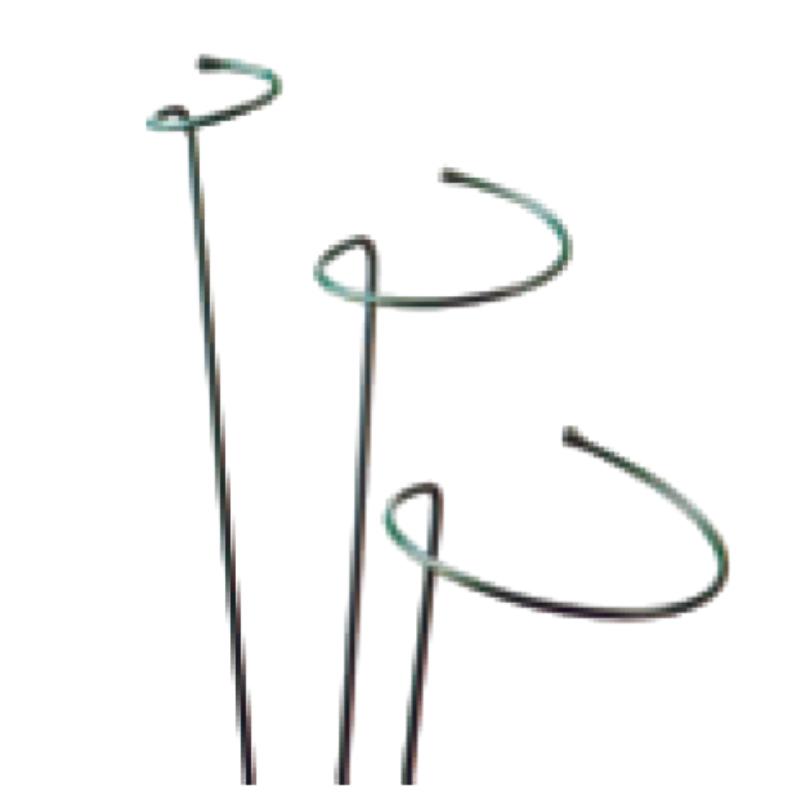-
Surélék:zhao@hyliec.cn
-
Telepon:+86 311 85273988
-
WhatsApp:8613931128750
-
 Afrika
Afrika -
 basa Albania
basa Albania -
 Amharik
Amharik -
 Arab
Arab -
 Arménia
Arménia -
 Azerbaijan
Azerbaijan -
 Basque
Basque -
 Bélarus
Bélarus -
 Benggala
Benggala -
 Bosnia
Bosnia -
 basa Bulgaria
basa Bulgaria -
 Katalan
Katalan -
 Cebuano
Cebuano -
 Korsika
Korsika -
 Kroasia
Kroasia -
 Ceko
Ceko -
 Denmark
Denmark -
 Walanda
Walanda -
 Inggris
Inggris -
 Ésperanto
Ésperanto -
 Éstonia
Éstonia -
 Finlandia
Finlandia -
 Perancis
Perancis -
 Frisian
Frisian -
 Galician
Galician -
 Georgian
Georgian -
 Jerman
Jerman -
 Yunani
Yunani -
 Gujarati
Gujarati -
 Kréol Haiti
Kréol Haiti -
 hausa
hausa -
 Hawai
Hawai -
 Ibrani
Ibrani -
 Henteu
Henteu -
 Miao
Miao -
 Hungaria
Hungaria -
 Islandia
Islandia -
 igbo
igbo -
 basa Indonésia
basa Indonésia -
 Basa Irlandia
Basa Irlandia -
 Italia
Italia -
 Basa Jepang
Basa Jepang -
 basa Jawa
basa Jawa -
 Kannada
Kannada -
 kazakh
kazakh -
 Khmer
Khmer -
 Rwandan
Rwandan -
 Koréa
Koréa -
 Kurdi
Kurdi -
 Kirgiz
Kirgiz -
 TB
TB -
 Latin
Latin -
 Lativia
Lativia -
 Lituania
Lituania -
 Luksemburg
Luksemburg -
 Makedonia
Makedonia -
 Malgashi
Malgashi -
 Malayu
Malayu -
 Malayalam
Malayalam -
 Malta
Malta -
 Maori
Maori -
 Marathi
Marathi -
 Mongol
Mongol -
 Myanmar
Myanmar -
 Nepali
Nepali -
 Norwegia
Norwegia -
 Norwegia
Norwegia -
 Occitan
Occitan -
 Pashto
Pashto -
 Pérsia
Pérsia -
 Polandia
Polandia -
 Portugis
Portugis -
 Punjabi
Punjabi -
 Romania
Romania -
 Rusia
Rusia -
 Samoan
Samoan -
 Gaelik Skotlandia
Gaelik Skotlandia -
 Sérbia
Sérbia -
 Inggris
Inggris -
 Shona
Shona -
 Sindhi
Sindhi -
 Sinhala
Sinhala -
 Slowakia
Slowakia -
 Slovenia
Slovenia -
 Somali
Somali -
 Spanyol
Spanyol -
 Sundanese
Sundanese -
 basa Swahili
basa Swahili -
 Swédia
Swédia -
 Tagalog
Tagalog -
 Tajik
Tajik -
 Tamil
Tamil -
 Tatar Sunda
Tatar Sunda -
 Telugu
Telugu -
 Thai
Thai -
 Turki
Turki -
 Turkmén
Turkmén -
 Ukrania
Ukrania -
 Basa Urdu
Basa Urdu -
 Uighur
Uighur -
 Uzbek
Uzbek -
 Vietnam
Vietnam -
 Welsh
Welsh -
 Tulung
Tulung -
 Yiddish
Yiddish -
 Yoruba
Yoruba -
 Zulu
Zulu
Metal Plant Supports
What Is The Support Structure Of A Plant?
The support structure of a plant refers to the system of tissues and organs that provide stability and enable the plant to maintain an upright position. This support structure includes several key components:
1. Cell walls: The rigid cell walls of plant cells provide structural support, especially in non-woody plants. The cell walls help maintain the shape and rigidity of the plant's cells, contributing to its overall structure.
2. Stems: Stems play a crucial role in supporting the plant and providing a framework for the attachment of leaves, flowers, and reproductive structures. The stems also facilitate the transport of water, nutrients, and sugars throughout the plant.
3. Roots: The root system anchors the plant in the soil, providing stability and support. Additionally, roots absorb water and nutrients from the soil, contributing to the overall health and growth of the plant.
4. Vascular tissues: Xylem and phloem are specialized tissues that form the plant's vascular system. Xylem transports water and minerals from the roots to the rest of the plant, while phloem transports sugars and other organic compounds to various parts of the plant.
5. Specialized structures: Some plants have specialized support structures, such as tendrils, thorns, or aerial roots, which aid in climbing, attachment, or additional support.
The combination of these structural elements allows plants to maintain their shape, withstand environmental forces, and support essential physiological processes.
Iron Plant Supports Faq
What are the benefits of using iron plant supports?
Iron plant supports offer durability and strength, making them suitable for providing robust support for heavy or sprawling plants. They can withstand the weight of mature plants and help maintain their shape and structure.
What types of plants are best supported by iron plant supports?
Iron plant supports are well-suited for providing support to a wide range of plants, including peonies, roses, delphiniums, and other tall or heavy-flowering perennials. They can also be used for supporting climbing plants such as clematis or sweet peas.
How should iron plant supports be installed?
Iron plant supports should be installed firmly in the ground to ensure stability. When supporting individual plants, place the support structure around the plant early in the growing season, allowing the plant to grow into and around the support naturally.
Are there different styles and designs of iron plant supports available?
Yes, iron plant supports come in various styles and designs, including hoop supports, grid supports, and individual stakes. These different designs cater to the specific needs of different types of plants and can provide effective support while enhancing the visual appeal of the garden.
How can iron plant supports be maintained?
To maintain iron plant supports, periodically inspect them for signs of rust or corrosion, especially if they are exposed to the elements. If rust is present, it can be removed using a wire brush, and the supports can be treated with a rust-resistant coating or paint to prolong their lifespan.






